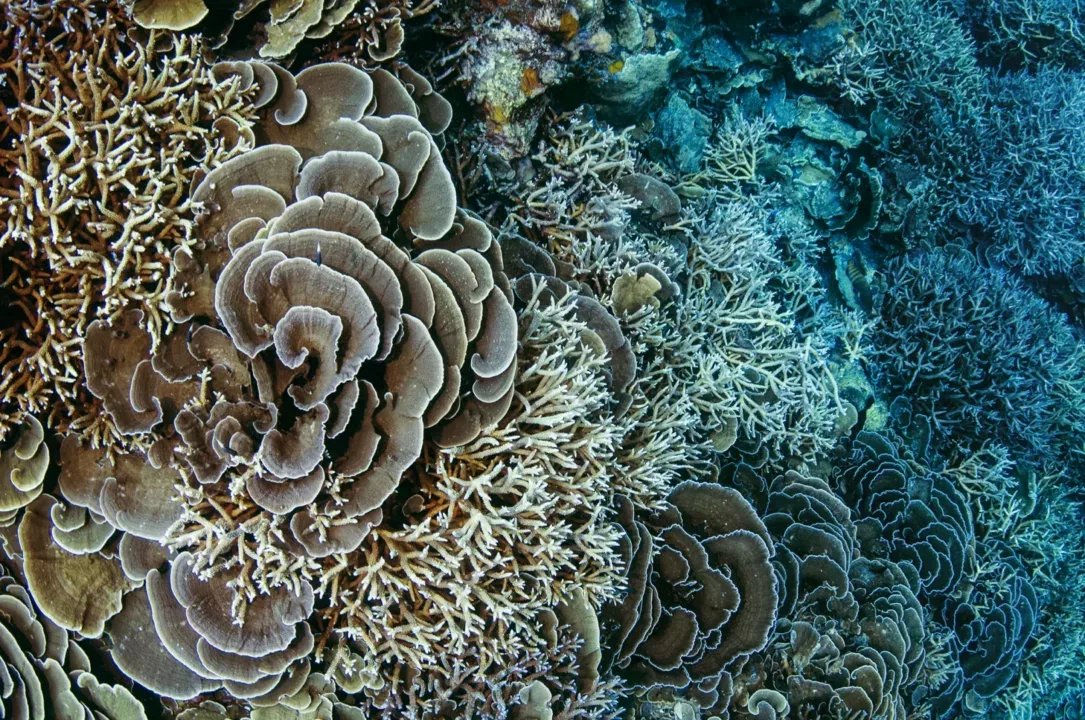“Each year, an estimated two billion tonnes of dust is raised into the atmosphere. According to the report, Impacts of Sand and Dust Storms on Oceans: A Scientific Environmental Assessment for Policy Makers, even the smallest elements can have substantive effects on ecosystem functioning – and on the Earth system, at large.”
Sand and dust storms (SDS) are common in deserts and semi-deserts when strong winds blow over dry soils with little or no vegetation. Dust generated by SDS is often raised high into the atmosphere and transported over long distances, frequently over the oceans. These atmospheric events are important for ecosystem functioning, with a wide range of effects on the Earth system. Given the hazards, they pose to society, and the threats implied to the achievement of several Sustainable Development Goals (SDGs), they have also become an issue of increasing concern to governments and the international community.
SDS vary in frequency and intensity over multiple timescales. They are highly seasonal and can vary significantly from year to year. They also respond to drought periods and other drivers such as El Niño–Southern Oscillation and the North Atlantic Oscillation. Deserts in the northern hemisphere (northern Africa; the Middle East; southwest, central and north-east Asia) are the largest and most persistently active SDS sources, with smaller, less active sources located in North and South America, southern Africa, Australia and Iceland. The relative importance of naturally emitting wind erosion sources, as compared with those significantly influenced by human action— largely via poor agricultural management and excessive water use—is unclear, but the Sahara is the world’s largest source of desert dust. It produces around 55 percent of all global dust emissions, with marked effects on the North Atlantic Ocean, the Caribbean Sea, the Mediterranean Sea and the Red Sea.
Each year, SDS carry an estimated average of half a billion tonnes of minerals and nutrients, organic and inorganic matter to the oceans. This desert dust has a range of effects on marine biodiversity. Dust provides a major source of externally supplied nutrients and trace metals. These elements are essential for all life forms and their atmospheric supply can exert control over ocean primary production via single-celled organisms collectively known as phytoplankton. This key metabolic process drives biogeochemical cycles in the oceans, including the carbon, nitrogen, sulphur, phosphorus and silicon cycles.
The fertilizing effect of desert dust is also thought to have an impact on algal blooms, which are an important food source for marine life, although some—dubbed harmful algal blooms (HABs)—may have detrimental effects on human health and economic activity. Dust deposition may also play a role in the unusually large blooms of floating Sargassum seaweed mats that have been noted since 2011 in the Caribbean Sea and the Atlantic Ocean along the coastlines of western Africa and Brazil. The cause of these blooms is a matter for debate, but nutrients in desert dust may enhance the growth of Sargassum. Links have been found between desert dust and coral reef systems. The health of such reefs responds to numerous, frequently interlinked issues, but disease has been important in recent worldwide coral reef declines, and a number of diseases that affect coral are associated with microorganisms carried in desert dust.
Read the Q&A with author and University of Oxford lecturer, Nick Middleton here.
Source Executive Summary
- Impacts of Sand and Dust Storms on Oceans- A Scientific Environmental Assessment for Policy Makers (PDF)
- Impacts of Sand and Dust Storms on Oceans- A Scientific Environmental Assessment for Policy Makers: Executive Summary-Arabic (PDF)
- Impacts of Sand and Dust Storms on Oceans- A Scientific Environmental Assessment for Policy Makers: Executive Summary-Chinese (PDF)
- Impacts of Sand and Dust Storms on Oceans- A Scientific Environmental Assessment for Policy Makers: Executive Summary-English (PDF)
- Impacts of Sand and Dust Storms on Oceans- A Scientific Environmental Assessment for Policy Makers: Executive Summary-French (PDF)
- Impacts of Sand and Dust Storms on Oceans- A Scientific Environmental Assessment for Policy Makers:Executive Summary-Russian (PDF)
- Impacts of Sand and Dust Storms on Oceans- A Scientific Environmental Assessment for Policy Makers: Executive Summary-Spanish (PDF)

